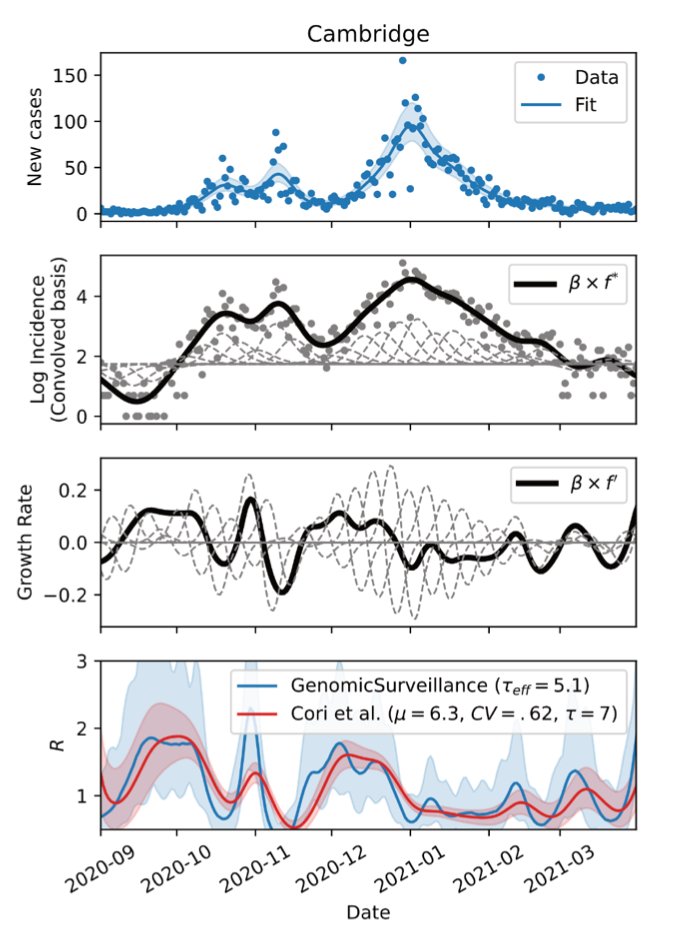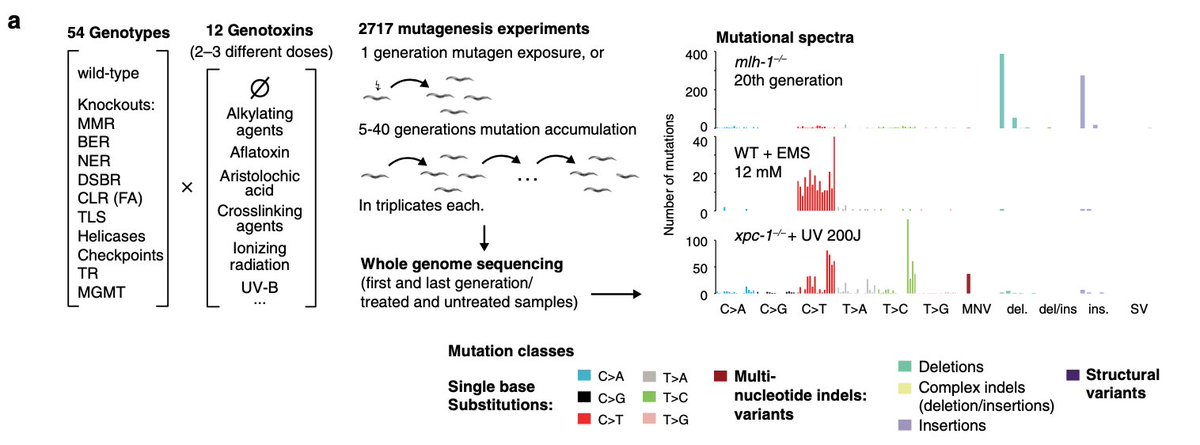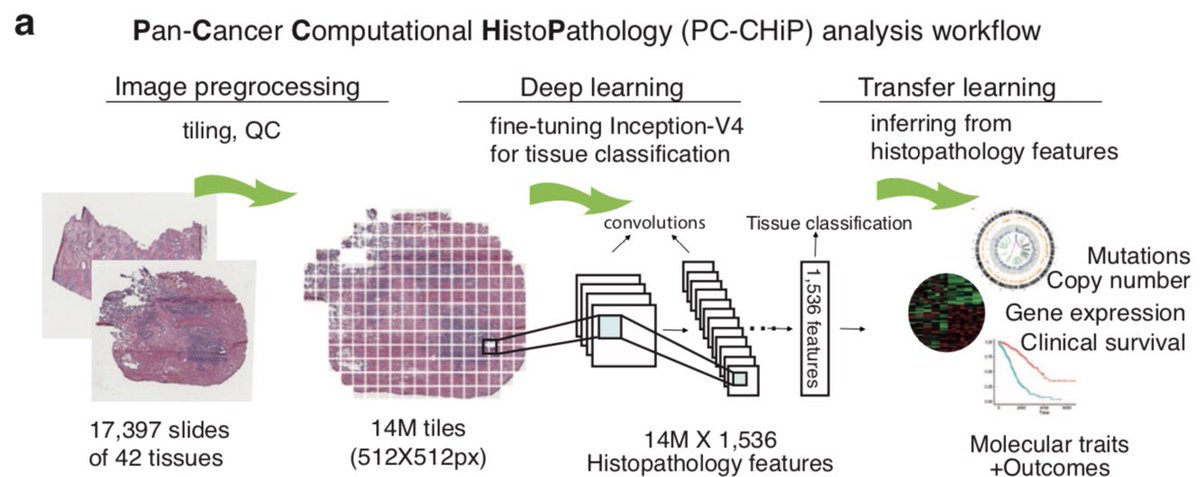
It’s election day in Germany.
A long 🧵 about what’s happening and some anecdotes for my friends abroad.
TLDR: It’s almost spooky how little has changed in the 9 years when I was away. Time for a fresh start, see leader below.
economist.com/leaders/2021/0…
A long 🧵 about what’s happening and some anecdotes for my friends abroad.
TLDR: It’s almost spooky how little has changed in the 9 years when I was away. Time for a fresh start, see leader below.
economist.com/leaders/2021/0…
The areas where I feel Germany has to catch up compared to other countries where I lived and worked in the last 13 years are: climate, digitisation and bureaucracy.
I’d also think that it needs to take more responsibility in Europe and sort out its domestic demographic problems.
I’d also think that it needs to take more responsibility in Europe and sort out its domestic demographic problems.
Among the most pressing things would be a pragmatic approach to reach net zero asap.
Yet Germany emits more greenhouse gas per capita than many other European nations.
The problem is that Germans aren’t really aware of this.
Yet Germany emits more greenhouse gas per capita than many other European nations.
The problem is that Germans aren’t really aware of this.

While Germans are rather susceptible to environmental issues, the energy mix is still too heavy on fossils.
Home grown obstacles are the nuclear exit, subsidy of the ailing lignite mining industry (exit 2038) and bureaucracy hindering the rollout of wind energy.
Home grown obstacles are the nuclear exit, subsidy of the ailing lignite mining industry (exit 2038) and bureaucracy hindering the rollout of wind energy.
Now one would hope the election to be a turning point, especially after the catastrophic floods in July — and devastating heatwaves across the globe.
But even the Green Party failed to get this message across.
But even the Green Party failed to get this message across.
My impression is because it muddled it with a broader view of social transformation, rather than laying out clear priorities.
But perhaps it’s also a reflection of German’s aversion to change.
We are more conservative than many of us would admit.
But perhaps it’s also a reflection of German’s aversion to change.
We are more conservative than many of us would admit.
Another area where Germany seriously trails is digitisation.
I don’t get it.
Yes, you can pay contactless here and there, but it’s patchy, meaning you’ll always carry a stash of cash.
In the U.K., I never had a wallet on me.
I don’t get it.
Yes, you can pay contactless here and there, but it’s patchy, meaning you’ll always carry a stash of cash.
In the U.K., I never had a wallet on me.
If you want to buy a ticket for the tram, you spend 5 minutes on a vending machine to produce a paper strip which you need to stamp in the tram. In London you just wave your phone at the entrance to pay contactless. I haven’t seen a single person yet to pay with their phone here.
One hindrance to digitisation is Germany’s obsession with data protection. Many would say it is a response to historic oppressive state run surveillance by the GDR and the Nazis.
Sounds alternativlos — a term often used by Angela Merkel to escape debate.
Sounds alternativlos — a term often used by Angela Merkel to escape debate.
But compare that to the U.K. which doesn’t even have identity cards or a civil registration system.
In that regard, the U.K. keeps an arm length’s distance from its citizens.
Unlike Germany, where the first thing after moving is to report to the mayors’ office to register.
In that regard, the U.K. keeps an arm length’s distance from its citizens.
Unlike Germany, where the first thing after moving is to report to the mayors’ office to register.
Alternativlos? Generally life in the U.K. felt much more liberal.
At the same time the UK’s approach to data protection and also its GDPR implementation is much more pragmatic.
At the same time the UK’s approach to data protection and also its GDPR implementation is much more pragmatic.
The consequences are real. The U.K. gathered essential covid19 data which enabled it to discover treatments, run a smooth vaccination campaign and effective exit strategy. Its trove of data informed the world. (The initial response in March ‘20 was rubbish though).
Another hindrance to digitisation is an obsession with paper, ultimately down to wet signatures as proof of identity.
I got the notification for a mandatory TV license by mail (name and address supplied by the civil registration system—was there anything about data protection?).
I got the notification for a mandatory TV license by mail (name and address supplied by the civil registration system—was there anything about data protection?).
There was the option to register the TV license online — just to receive a letter requesting my wet signature for the standing order mandate, including a prepaid return envelope. Not sure if that’s money well spent.
In consequence, I have filled more forms in writing in the last month than in 9 years in the U.K. (Typically with another form each to consent to data usage according to GDPR, essentially allowing someone to type the content of the form into a computer and store it)..
Before completely going off tangent, back to the elections.
I’m seriously hoping a new government will deliver more ambitious change in terms of climate, digitalisation and bureaucracy.
Further we need to provide leadership in Europe and balance out our demographic change.
I’m seriously hoping a new government will deliver more ambitious change in terms of climate, digitalisation and bureaucracy.
Further we need to provide leadership in Europe and balance out our demographic change.
As a scientist, climate action has the highest priority. There are only 6 years of current co2 emissions left to stay within 1.5c heating. It’s now or never.
On climate Angela Merkel’s legacy is probably most underwhelming, as this was supposed to be a key agenda item.
On climate Angela Merkel’s legacy is probably most underwhelming, as this was supposed to be a key agenda item.
I’d hope for a chancellor that tackles these issues. An international perspective may also help solve some domestic problems.
Closest to that would be Anna Lena Baerbock from the Greens, despite a bumpy campaign.
Both SPD and CDU offer continuity, but we had enough of that.
Closest to that would be Anna Lena Baerbock from the Greens, despite a bumpy campaign.
Both SPD and CDU offer continuity, but we had enough of that.
Now obviously, there will have to be a coalition of some sorts, because we’ll be looking at a six party parliament once more.
Numerically it could be the ‘traffic light’ of the SPD 🔴 (who narrowly lead the polls) with the Green Party 🟢 and the FDP 🟡.
Numerically it could be the ‘traffic light’ of the SPD 🔴 (who narrowly lead the polls) with the Green Party 🟢 and the FDP 🟡.

Would it work as proposed by the @TheEconomist?
Not sure. The FDP have in the last decades become a single topic low tax party. They stepped out of coalition negotiations with the greens and conservatives 4 years ago, which would have been closer to their programme than the SPD.
Not sure. The FDP have in the last decades become a single topic low tax party. They stepped out of coalition negotiations with the greens and conservatives 4 years ago, which would have been closer to their programme than the SPD.
Alternatives would be a 🔴🟢🔴 coalition of SPD and Green Party with the socialists. This has been rejected so far due to the socialist’s fringe views on NATO and other issues.
An alternative could be an SPD/Green minority government, which would be unstable.
An alternative could be an SPD/Green minority government, which would be unstable.
So it’s going to be messy. Whatever the result today is, there will be months of negotiations to form a coalition during which the actual programme will shape up — the risk being that it ends up a minimal consensus rather than the ambitious plan needed.
Also, since the race is close and some 40% voted by mail it may take quite some time to have reliable numbers as the after vote polls at 18:00 cest may not be representative.
Update 18:15: Messy indeed. Head to head race between SPD and CDU, both around 25%. Left party at 5% and at risk of not making the cut. Possibilities:
SPD - Green - FDP
CDU - Green - FDP
SPD - Green - Left (could fall short of majority)
SPD - CDU (not again)
A long night ahead.
SPD - Green - FDP
CDU - Green - FDP
SPD - Green - Left (could fall short of majority)
SPD - CDU (not again)
A long night ahead.
Update 21:10. Projections show a 1% lead for SPD.
First statements show an emboldened Green Party and FDP.
It seems as if the 2 winners SPD or CDU are in fact the losers, because even if they lead a 3 party coalition government, they’ll be in the minority with 2 partners.
First statements show an emboldened Green Party and FDP.
It seems as if the 2 winners SPD or CDU are in fact the losers, because even if they lead a 3 party coalition government, they’ll be in the minority with 2 partners.
Also interesting is the age distribution. The future is green-yellow.
https://twitter.com/leonardocarella/status/1442185436659585030
• • •
Missing some Tweet in this thread? You can try to
force a refresh





















